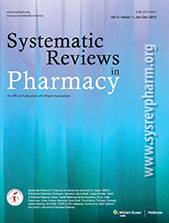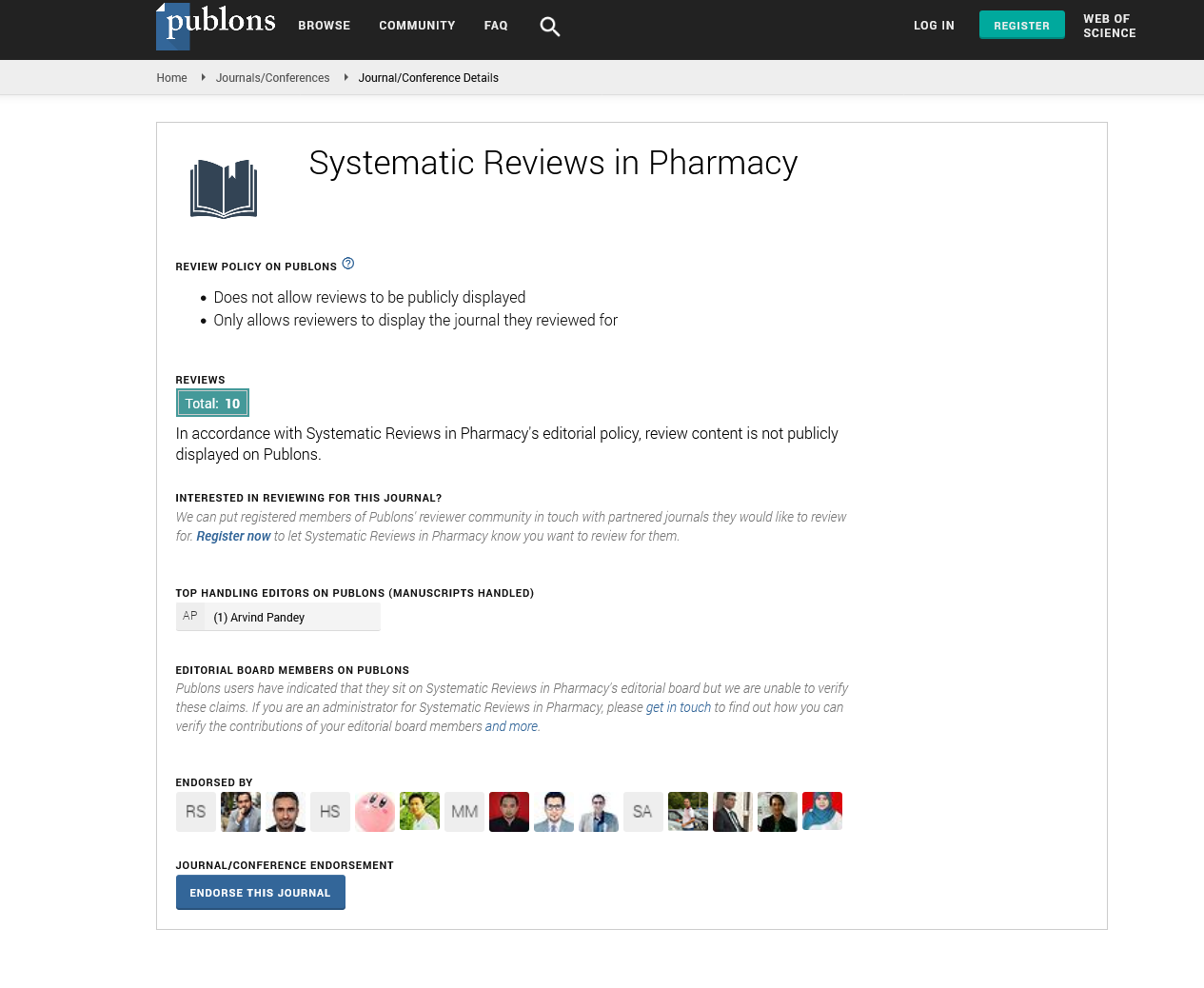The Prevalence of Helicobacter Pylori among Iraqi patients in Babylon province
Abstract
Ashwaq Hussein, Ahmed Adil Ali
The Helicobacter pylori (H. pylori) is the major etiological risk factor for this malignancy, which progresses through a multi-step process, developing from gastritis, to gastric atrophy, intestinal metaplasia, dysplasia, and finally to carcinoma. The exact modes and routes of transmission of Helicobacter pylori (H. pylori) infection remain unproven. Studies showed that H. pylori bacteria can spread directly from one person to the other, or indirectly from an infected person to the environment. A variety of gastric diseases, including peptic ulcers, gastric mucosa-associated lymphoid tissue lymphomas and gastric cancers, are strongly associated with H. pylori-induced gastritis. A total of (150) blood sample up to 5 ml of blood that used for serum separation and DNA extraction was collected as directions serum sample tested by used rapid test for H. pylori infection detection non-invasive techniques 40(26.6%) positive and remaining 110 (73.3%) negative cases as well as the positive samples were confirm by urea breath testing that given also 40(26.6%) positive and 110(73.3%) negative cases. Age and sex distribution of H. pylori patients,The mean of the patient’s ages was (41.1±3.4) years ranging from (20-65) years old and for healthy controls (40.3±5.1) and differ from male to female in the age range of more frequent cases in the age range (30-40) years and (40-50) years which mean nearly half of cases occur in this range. The current study advises that the wide age range of H. pylori patients. This suggests that all age groups were susceptible for H. pylori infection, but the rate of infection varies depending on the age.






